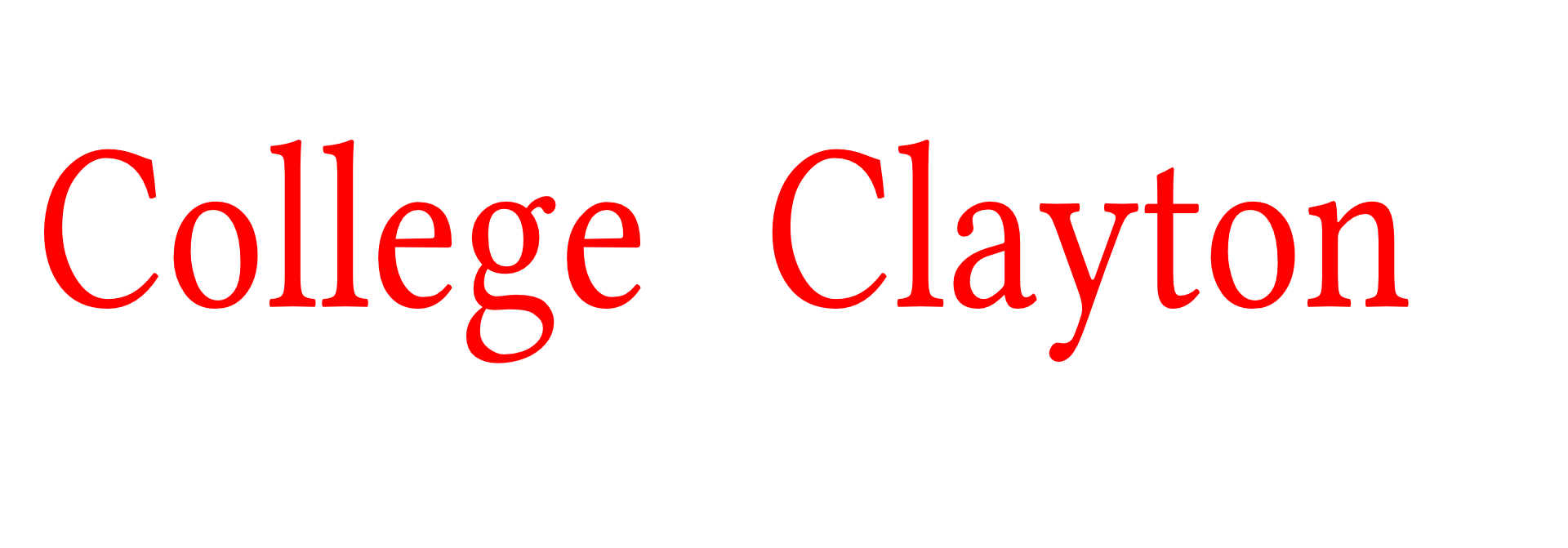This month we are excited to have Dr. Ashley Lyon write a guest entry at the Editor’s Corner discussing textual criticism in the Old Testament. Textual criticism is a tool many Christians leave in their theological tool box, but it can be an invaluable asset in appreciating the reliability and inspiration of the Biblical text.
In this month’s entry, Dr. Lyon winsomly explains a textual variant in I Samuel 17 in a way that allows Christians to be confident in understanding the meaning and importance of the text despite a variance in the text of Old Testament manuscripts.
Reflections on 1 Samuel 17
I have always had a penchant for the obscure – goblin sharks, psychedelic surfaces of naturally occurring elements, underground salt cathedrals, and of course, rare words. I wrote my doctoral dissertation on Selah in the Psalter, a word whose meaning was ostensibly lost. Many have sought to characterize its meaning, yet I took a different direction. I wanted to give it meaning. Give it a context. I wanted to help the readers of the Hebrew (and subsequent translations) find the Messiah who is embedded in the very words they speak. I wanted to show them that Selah is so much more than music. Interested yet? Check out my book, Reassessing Selah, this winter.
But, I digress on the shameless plug for my new book. Rare words are an interesting thing to study and the book of 1 Samuel is FULL of them. Samuel is known, among academic circles, to have more text critical problems than any other book of the Hebrew Bible. And I’ve been caught up on something in the story of David and Goliath: an apparent scribal error in reference to where Goliath came from.
As the account of David and Goliath unfolds in 1 Samuel 17, there appears an inconsistency between texts as to Goliath’s place of “coming and going.” A difference in Ketiv-Qere (what is written vs. what is spoken) begs the question. Did Goliath come from the caves or the battle lines? Does a genuine scribal error exist, or is this just a matter of interpretation? I personally wondered about the difference between ממערות (caves) and ממערכות (battle lines) as it relates to the geographical setting of this iconic battle; the Shephelah (Judean lowlands) can accommodate both interpretations. But does the place, caves or battle lines, really matter in the long run?
For forty days Goliath has come from either the ממערות or ממערכות and insulted the ears of the Israelites causing them to tremble with fear. Yet even in the midst of trepidation, Saul’s army stood in battle array for a fight they were unwilling to join. While both the Ketiv and Qere are plausible, it seems more likely that Goliath came down into the valley from the midst of his Philistine troops, rather than the caves, to continue his berating of the Israelites.
I would argue that the many instances of ממערכות and its variations throughout 1 Sam 17 strongly suggest that the Qere is the preferred reading, and the term ממערות was likely due to an unintentional, random omission. Scribal omissions are common throughout the Book of 1 Samuel, and can be found in other books of the Torah and Prophets. Whether or not the ancient scribes, and those who have transmitted this text into different translations, chose to read 1 Sam 17:23 as “battle lines” or “caves,” both interpretations are valid as one considers the terrain of the Shephelah. In other words, even though the text could support the reading of ממערות due to the geography of the Shephelah, it seems safe to say that its penning was a result of a scribal error. And since the text could not be changed, it was subsequently corrected by the Masoretes as a Qere – ממערכות – in our modern BHS editions.
Scribal errors are not uncommon in the preservation of texts. This is especially true when there is a tradition of reciting a text that runs concurrent with a tradition of writing and rewriting a text. It is easy to see notes about the variations found in manuscripts and raise an eye brow as you are reading devotionally or at church. Hopefully, you enjoyed Ashley’s succinct investigation of I Samuel 17 to see how these types of variations are worked out and understood.
Be sure to check back soon for more updates on Dr. Lyon’s upcoming title, Reassessing Selah!
Image by Paolo Veronese – Royal Collection, Public Domain, https://commons.wikimedia.org/w/index.php?curid=92096300


